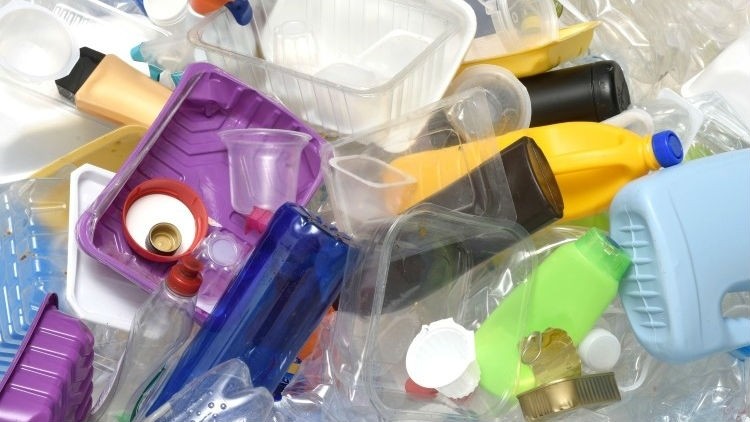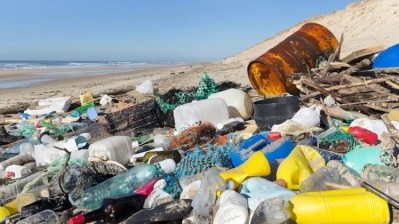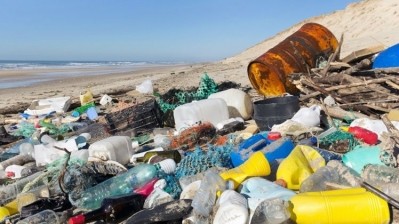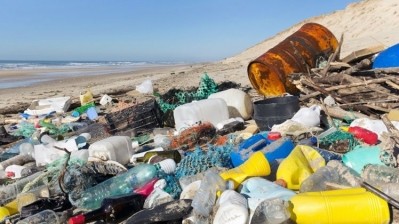Is Australia ready for a nationwide single-use plastics ban?

Separately, from July 1, single-use plastic bags have been banned in all but two Australian states, Victoria and New South Wales, while the top two supermarket chains, Coles and Woolworths, have also instituted a nationwide ban.
The senate’s comprehensive report into Australia’s ongoing recycling crisis called for the promotion of a national “circular economy”, in which all waste materials can be recovered and reused within the country. Vital to this is the recommended establishment of a national Container Deposit Scheme to collect waste and develop high-revenue streams.
“In a rare display of political consensus, all parties have come together to issue a clarion call for how the nation needs to respond to our recycling crisis,” said Greens senator Peter Whish-Wilson, chairperson for the Senate Standing Committee on Environment and Communications Inquiry into waste and recycling.
China crisis
Previously, we reported that the Australian federal and state governments had set a target for all packaging in the country to be reusable, compostable or recyclable by 2025.
This had come after Australia’s recycling sector began to unravel in the wake of severe restrictions placed by China on receiving its recycled waste, from January.
About 35% of Australia’s recyclable plastics and 30% of recyclable paper and cardboard have been affected, which caused a shortage of landfills and an excess in stockpiles in the country.
“Australia’s complacency in relying on China to buy our recyclables has exposed the vulnerabilities in our current approach and the senate has laid down a clear pathway for Australia to create a circular economy and stop piles of plastic, paper and glass being stockpiled or heading to landfill,” said Whish-Wilson.
Investing in better alternatives
Dr Robert Crocker, Carbon Reduction Commitment researcher at the University of South Australia, commented, “We presently lack industrial experience and expertise in the kinds of high-tech recycling currently undertaken in Europe and China. We need to invest in developing or redeveloping these skills in Australia so that we can responsibly manage our own wastes and reuse our resources more profitably.
“This will mean funding research and education in 'resource management' and not just pretending it is all about just 'recycling' a few cans.
“Most single-use plastics are now produced in billions. We need to develop legislation that can weed out these problem plastics from entering the market before they take hold and become a danger to the environment.
“The takeaway coffee cup 'set', for example, was invented in 1987 and there are now over 500 billion produced every year.”
According to a Parliament of Australia report in 2016, Australians use 3.92 billion lightweight plastic grocery bags in a year, and it is estimated that approximately 80 million bags become litter every year.
Mixed response
However, reports from Australia indicate that the plastic bag ban as not gone down well with every customer. The West Australian reported that a customer grabbed a store employee by the throat, in frustration.
Simon Lockrey, a research fellow from RMIT University also cautioned, “Ideally we have no single-use packaging. However without systemic change to supply chains, consumption behaviour and attitudes, this may also drive up waste through rebound effects. For instance in food systems, packaging can save food waste in the supply chain, from farm to plate.
“Without acknowledging other changes to that system when taking away single-use packaging, we may move the waste burden, sometimes to more impactful levels.
“Therefore it would be good with this senate initiative to see the complimentary strategies for industries using single-use packaging to make sure we are in a waste reduction winner all around.”
The senate report also encompassed some aspects of waste reduction, waste-to-energy plans, mandatory targets for using recycled material and fund infrastructure in order to recycle domestically.
“Without incentivising domestic markets for the end-use of these waste streams, it will keep piling up at rubbish tips around the country,” said Whish-Wilson.



















